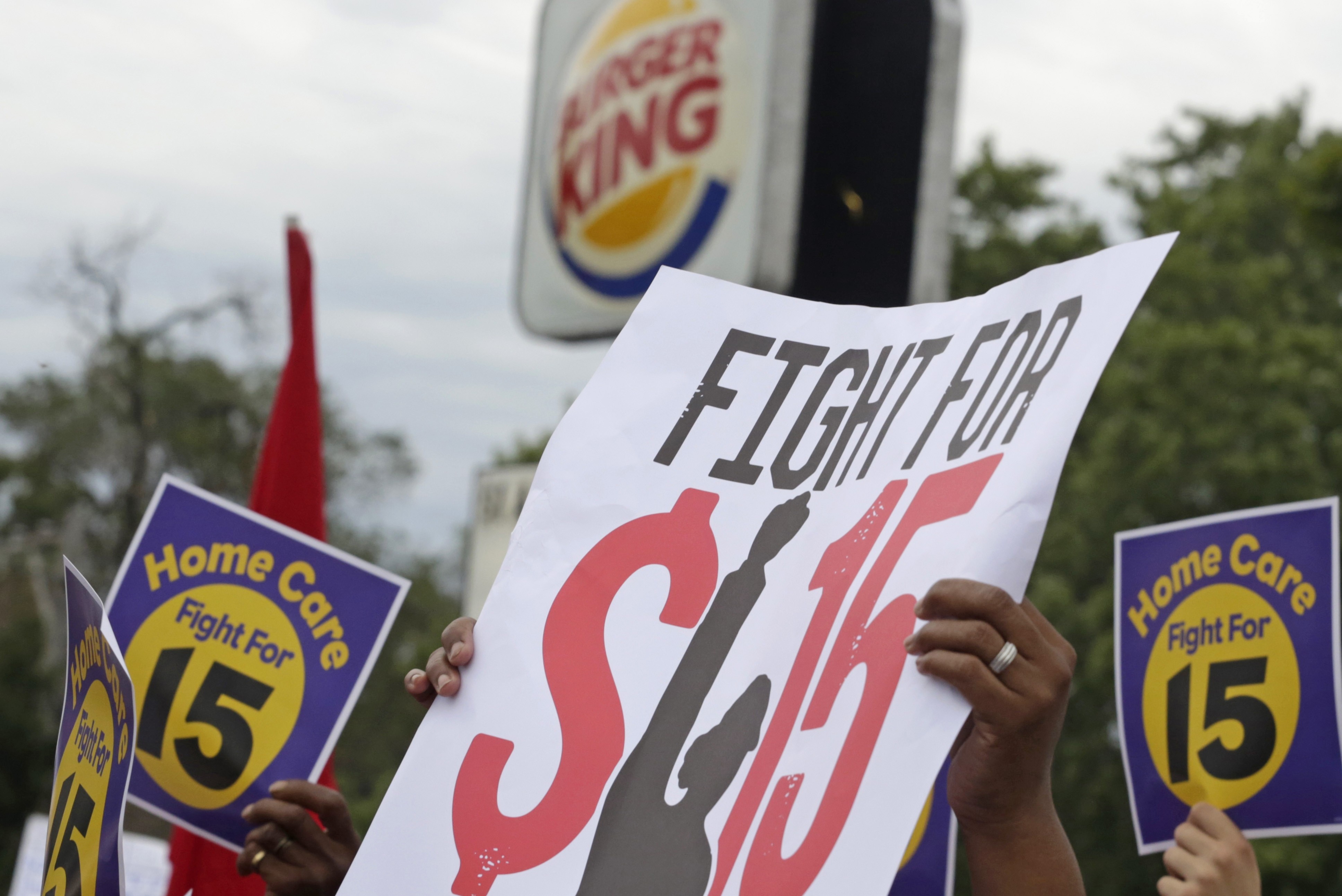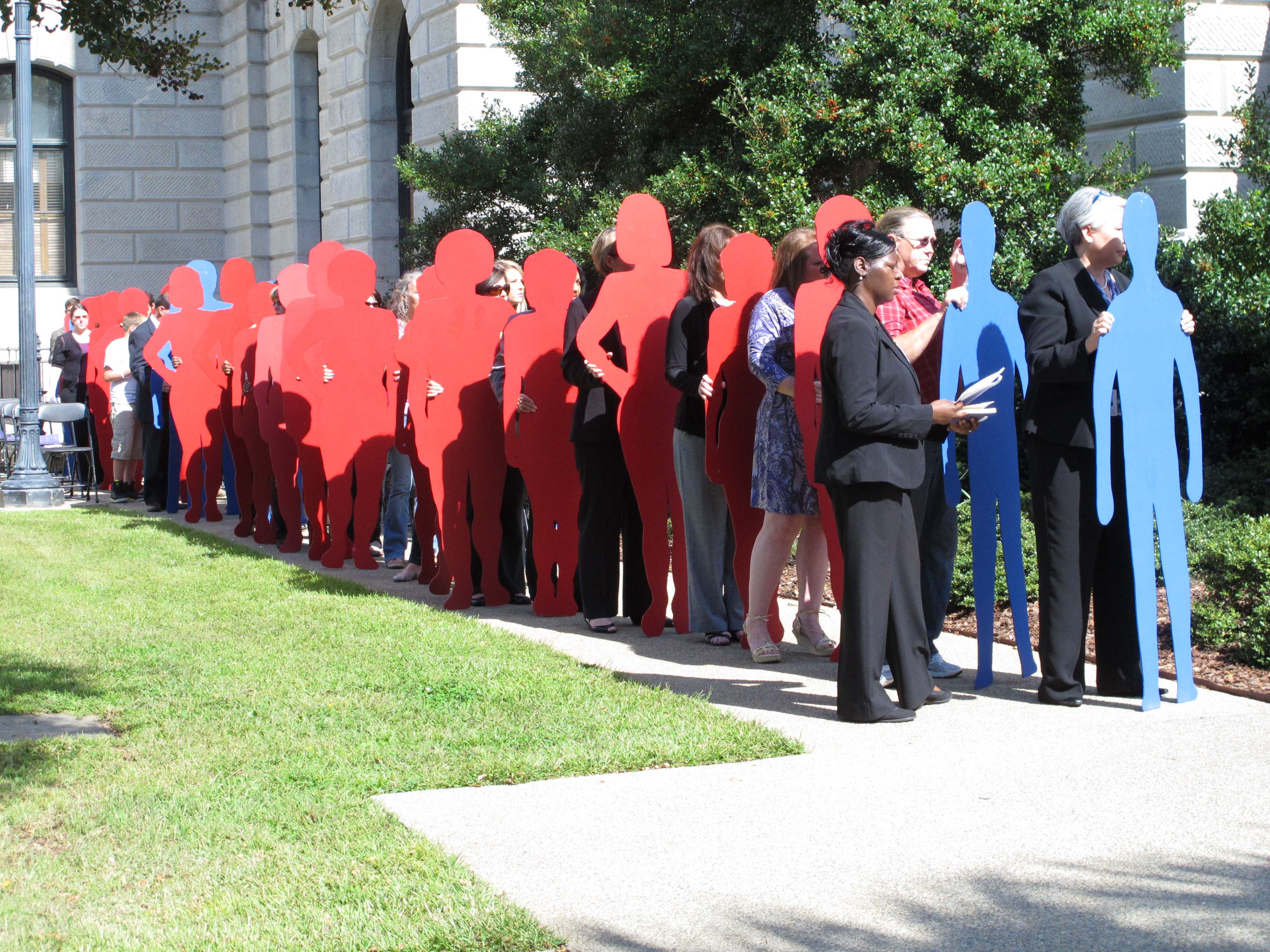Seattle made history in June when it became the first major city in America to pass a livable minimum wage of $15 an hour. Los Angeles, Chicago, New York and other cities around the country are taking steps in that direction, too.
But winning a robust minimum wage is only half of the battle.
Last month, Seattle again made history when Mayor Ed Murray announced the creation of a citywide Division of Labor Standards Enforcement to enforce its minimum wage law and other labor standards. A key feature of the new division is that it utilizes community groups as partners in outreach and to educate workers about their rights.
Because wage theft is so common in industries that employ minimum wage workers, only an effective, strategic enforcement system will ensure that workers receive the new wage they are entitled to. Fortunately, we know how wage theft happens and we know the kinds of enforcement techniques that result in low-wage workers being paid their due.
A landmark 2009 study of nearly 4,500 low-wage workers in three of the cities currently considering a minimum wage increase—Los Angeles, Chicago and New York—found that more than two in three workers experienced at least one pay-related violation during their previous work week. Of these workers, one in four was paid less than the minimum wage, and three in four were not paid their overtime wages. Wage theft costs workers and their families in these three cities an estimated $56 million every week—that’s $56 million stolen weekly from workers’ pockets instead of helping their families and communities.
We also know the people who are the victims of wage theft. Government statistics and private studies show that they work in restaurants and hotels, retail and grocery stores. They clean office buildings and care for our children and elders. They build our homes.
Relying on government alone to right these wrongs simply doesn’t work—government has neither the resources nor the manpower. The U.S. Department of Labor has slightly more than 1,000 investigators who are responsible for protecting the rights of 135 million workers in 7.5 million businesses nationwide. Things aren’t any better at the state level, where the ratio of investigators to workers is approximately 1 to 150,000.
We also know that enforcement doesn’t work if it relies solely on workers filing complaints. A study of the largely complaint-based federal system found that for every one complaint received, there are more than 100 other labor-standards violations that go undetected, allowing unscrupulous employers to fly under the radar. One reason workers don’t complain is that nearly half of those who suffer wage theft also face retaliation for speaking up about it.
The fact is that enforcement of existing laws is so poor that the average employer has a less than 0.001 percent chance annually of being investigated by the Department of Labor’s Wage and Hour Division. That doesn’t exactly strike fear into the hearts of scofflaws.
But just as surely as we know the challenges to effective enforcement, we also know how we can change this status quo and secure compliance—through an enforcement agency that has strong penalties at its disposal to deter and correct violations. We also know from lessons learned in places like Los Angeles, San Francisco, Florida, and New York—in industries ranging from construction to hospitality to janitorial to agriculture—that community groups must play a critical role in enforcement.
Successful enforcement partnerships take advantage of the strengths of both government and community groups. City agencies have the power to file complaints, assess significant penalties, and take wage thieves to court. But even the best-trained investigator can’t possibly know the industries in every city and can’t be in all places at once. Community groups do and are.
Non-profits—based in our neighborhoods and knowledgeable about their industries, languages and cultures—can help spread the word to both employers and employees about minimum wage protections and other labor standards. Community based organizations can also support victims of wage theft who—fearing retaliation—don’t want to take a complaint directly to a city official. They can interview workers and witnesses and assemble the necessary proof in an atmosphere of trust.
Community groups also have vital information that supports strategic enforcement. It is an inefficient use of limited enforcement resources for investigators to wait for complaints to come in, or to investigate every industry equally. Existing violation data and the experiences of the US Department of Labor demonstrate that by focusing attention on high-violation industries and fractured employment relationships—like subcontracting and franchising—enforcement agencies are much more effective in discovering abuses and taking action to stop them. Community groups have contact with working people every day and can help city agencies investigate known violators. Business can play a role, too, by pointing out bad actors who gain a competitive advantage over responsible employers by breaking the law.
In short, through these partnerships, city enforcers are able to focus on correcting and deterring violations. They can assess penalties and award back wages to a degree that makes it very clear that our cities and states will no longer tolerate cheaters.
We can make the promise of a higher minimum wage a reality for millions of our neighbors and co-workers. By establishing a Division of Labor Standards Enforcement and funding community-based outreach, Seattle is moving in the right direction. Other cities should take note.











